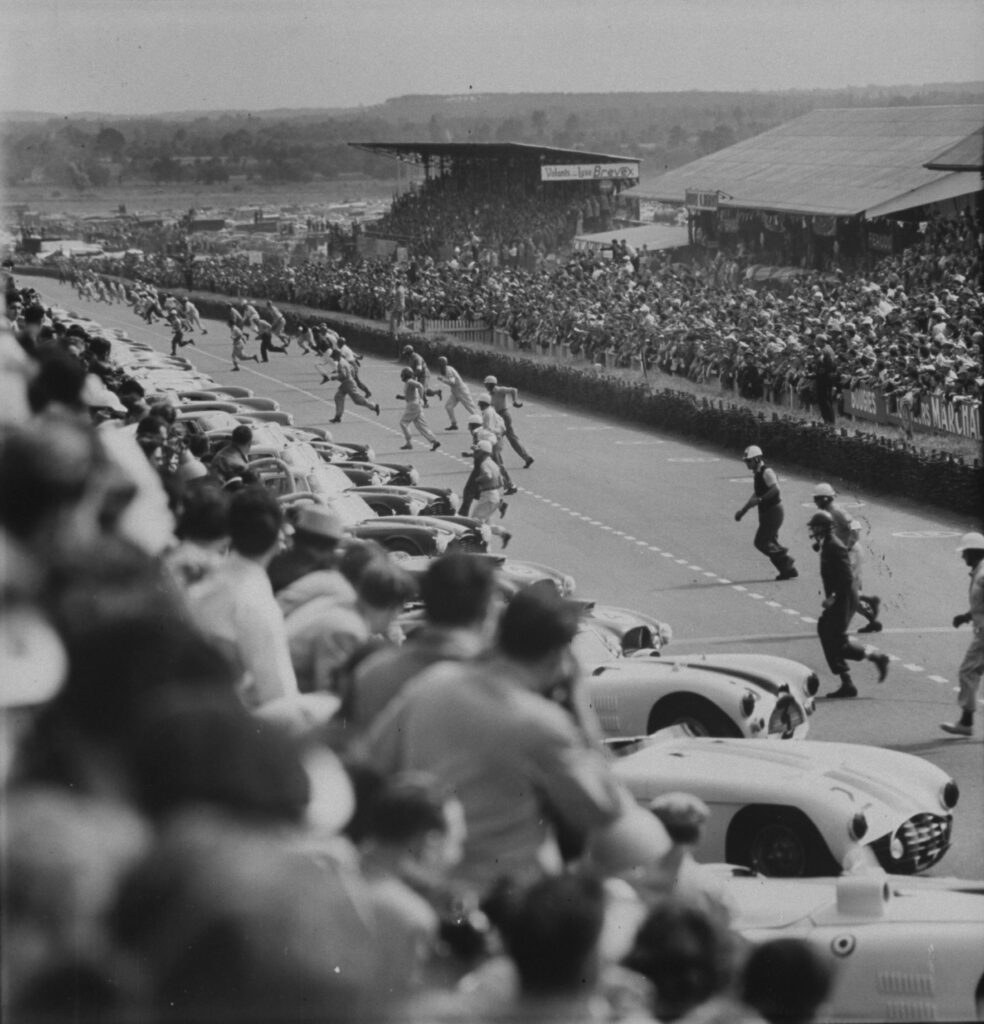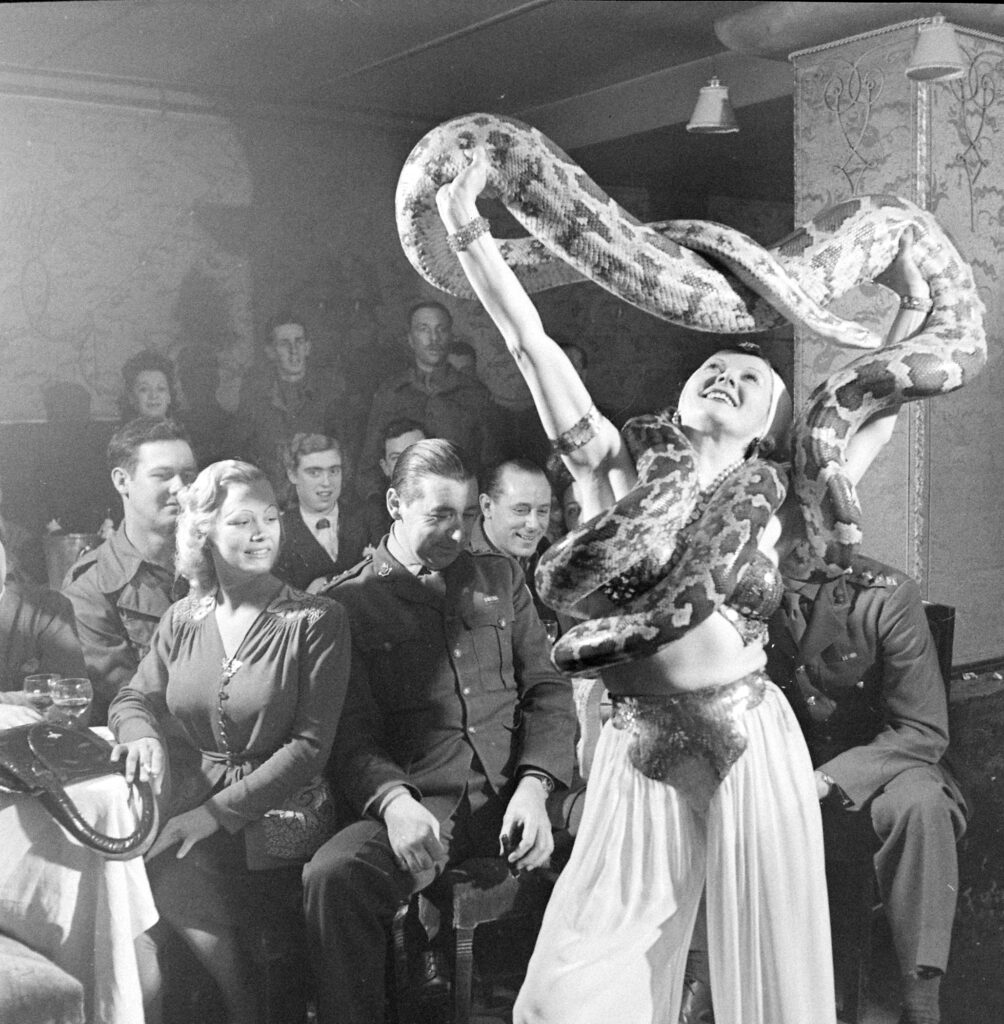The March 22, 1948 issue of LIFE featured a story titled “Escapists in Armor: Two Bored British Gentlemen Battle to Bring Back the Days of Chivalry.” The bored gentlemen were interesting in part because of their willingness to cavort in front of the camera in full armor, but also because one of the jousters had a famous name: He was Adrian Conan Doyle, the son of Arthur Conan Doyle, the creator of Sherlock Holmes.
Adrian Conan Doyle, when not tending to his father’s literary estate, made the most of his leisure time. He was described as a “big-game hunter, fisherman, zoologist, explorer, and author” in his 1970 New York Times obituary.
In LIFE’s story about Adrian’s jousting habit, illustrated with photos by Mark Kauffman, Doyle and Ash explained that for them, this was a kind of rebellion: “To Doyle and Ash this retreat to the medieval way of life expressed their disgust with modern civilization, politics, the Labor government and contemporary British sports. (“It’s better,’ said Ash, “than kicking a leather pudding around.”)
The jousting session that Kauffman captured was picturesque, but also a fiasco at times. “Doyle had difficulty cramming his 6-foot frame into his 91-pound armor,” the story said. And during the joust, one of Adrian’s straps broke, and wife had to step in and make repairs.
The pastime was also obviously a luxury that Conan Doyle was able to indulge because of the success of his father. Though he and his friend told LIFE that a budget version of knight cosplaying was accessible for everyone:
“For other escapists less well financed Doyle and Ash suggested the substitution of quarter staves,” the story said. “This requires only a pair of wooden clubs, a cooperative friend, and a fondness for being beaten senseless under a greenwood tree.”
A thought: Even though Adrian claimed to long for medieval times, he was a singularly modern creature. Were he around today—and with the famous name, the family fortune, the penchant for stunts and an obvious comfort in front of the camera—it’s not hard to imagine that he would have been a reality star. All the Sherlock Holmes stories falling into public domain in 2023 would only have added to the drama.

Adrian Conan Doyle, son of Arthur Conan Doyle (seen in the portrait), with his armor collection, 1948.
Mark Kauffman/Life Picture Collection/Shutterstock

Adrian Conan Doyle, son of Sherlock Holmes creator Arthur Conan Doyle, also liked to collect keys, 1948.
Mark Kauffman/Life Picture Collection/Shutterstock

Adrian Conan Doyle and friend Douglas Ash, who enjoyed dressing in armor and jousting, 1948.
Mark Kauffman/Life Picture Collection/Shutterstock

Adrian Conan Doyle and friend Douglas Ash jousted on a wooden bridge in full armor suits, 1948.
Mark Kauffman/Life Picture Collection/Shutterstock

Adrian Conan Doyle needed help from his wife after a strap on his armor suit broke during a jousting match, 1948.
Mark Kauffman/Life Picture Collection/Shutterstock

Adrian Conan Doyle with his wife during a jousting day, 1948.
Mark Kauffman/LIfe Picture Collection/Shutterstock

Adrian Conan Doyle and friend Douglas Ash, wearing plated armor for a recreational joust, 1948.
Mark Kauffman/Life Picture Collection/Shutterstock

Adrian Conan Doyle and friend Douglas Ash jousted in suits of armor, 1948.
Mark Kauffman/Life Picture Collection/Shutterstock

Adrian Conan Doyle and Douglas Ash toasted each other with a glass of wine after their jousting match, 1948.
Mark Kauffman/Life Picture Collection/Shutterstock

Adrian Conan Doyle, son of Arthur Conan Doyle, 1948.
Mark Kauffman/Life Picture Collection/Shutterstock









































































